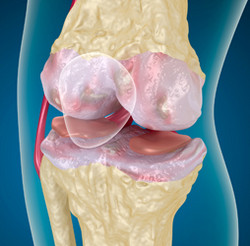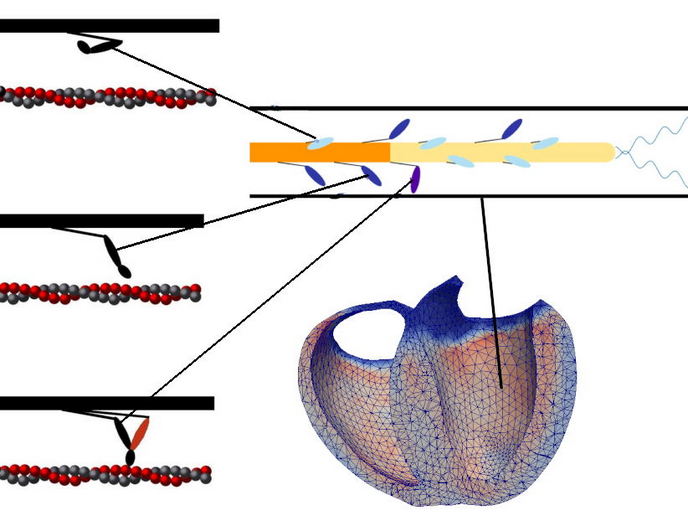A biomimetic implant to treat osteoarthritis
Osteoarthritis (OA) is a degenerative disorder of the joints and its incidence increases with age. It is estimated that 80 % of the population will have radiographic evidence of OA by the age of 65. The aetiology of OA remains unknown and existing disease management measures do not aim to regenerate the destroyed cartilage but to merely reduce the symptoms. For this purpose, painkillers or anti-inflammatory drugs are administered and in extreme cases surgical replacement of the joint is proposed as the only option. Researchers of the EU-funded 'Gene activated matrices for bone and cartilage regeneration in arthritis' (GAMBA)(opens in new window) project envisioned a biomimetic implant system for bone and cartilage repair that mimics natural processes. To this end, they used a collection of innovative materials such as growth factor-encoding gene vectors, mesenchymal stem cells, a ceramic and a hydrogel matrix for inducing bone and cartilage healing. The GAMBA generated toolkit was based on the use of mesenchymal stem cells and selective expression of certain growth factors that would ultimately drive these stem cells down a specific differentiation pathway. Temporal regulation of gene expression was achieved through heat-inducible promoters. By additionally coordinating spatial gene expression patterns, scientists hoped to design a system with components that could target inflammation while inducing cartilage and sub-chondral bone repair in OA. The generated system consisted of three compartments, each of which expressed one of three therapeutically relevant genes. These compartments were realised in the Micro Macroporous Biphasic Calcium Phosphate (MBCP™) material or a hydrogel and expressed an osteoinductive factor (BMP-2), a cartilage-inducing factor (TGF-beta) or an anti-inflammatory molecule (IL-10). Stem cells expressing these factors would differentiate to bone or cartilage cells while also able to fight inflammation. Overall, the design of the GAMBA system was intended to reproduce key elements of natural tissue formation in providing an implant for the treatment of OA. Coupled to an innovative programme of public outreach, actively linking patients and society, the consortium obtained invaluable insights into patient perspectives and expectations. Following successful validation in OA disease pre-clinical models, a clinical study is required to evaluate the potential of this novel system as a valid therapy for OA.







